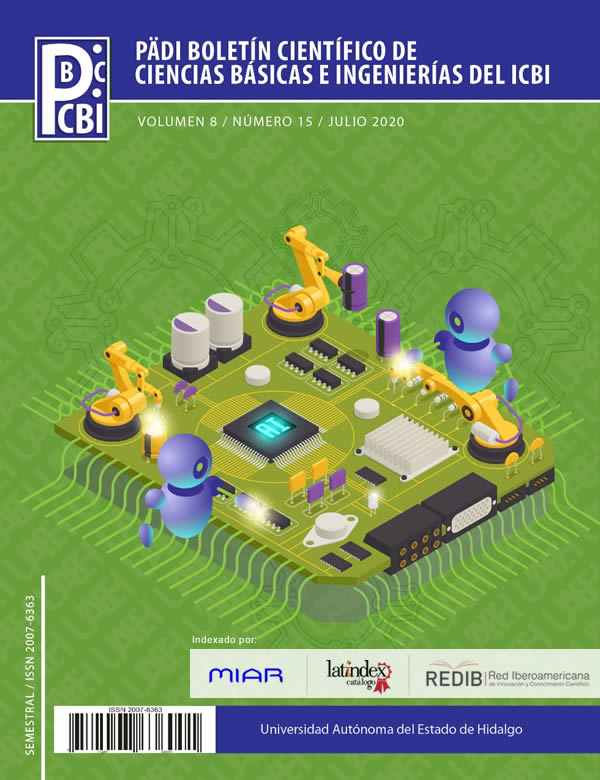Mathematical model of Nonexistence of Labour Market Theory: Approximation to Feminist Economics
DOI:
https://doi.org/10.29057/icbi.v8i15.5133Keywords:
Women economics, Feminist economics, NLMT, Productive labour, Reproductive labour.Abstract
NLMT develops a microfundamented model as a contribution to the woman´s economics, which concludes in the importance of gender for market allocations, since agents have different economic behaviors. This research work seeks to raise those ideas in which the NLMT has coincided with other theoretical developments that, in particular, contribute to the field of study of feminist economics: essentially, the ideas of the New Family Economy are raised, the Neoclassical feminism (both studies built in the light of the dominant theory), as well as feminism Marxism and feminist economics as such. Based on the explanation of the TIMT model and the theoretical discussion, a test is shown to analyze the differences between men and women with data for Mexico in 2018.
Downloads
Publication Facts
Reviewer profiles N/A
Author statements
Indexed in
- Academic society
- N/A
References
Bakker, I. (2007). Social reproduction and the constitution of a gendered political economy. New Political Economy, 541-556.
Becker, G. (1981). A treatise on the family. London: Harvard University Press.
Benería, L. (1999). La aparición de la economía feminista. Historia agraria, 59-61.
Benería, L. (2006). Trabajo productivo/reproductivo, pobreza y políticas de conciliación. Nómadas. Revista de la Universidad Central de Colombia, 8-21.
Blinder, A. (1973). Wage discrimination: Reduced form and structural estimates. The Journal of Human Resources, 436-455.
Carrasco, C. (2006). La economía feminista: Una apuesta por otra economía. En M. Vara, Estudios sobre género y economía (págs. 29-62). Madrid: Akal.
Ferber, M., & Nelson, J. (1993). Beyond the economic man. Feminist theory and economics. Chicago and London: The University of Chicago Press.
Hartman, H. (1979). The unhappy marriage of marxism and feminism. Capital and class, 165-196.
Instituto Nacional de Estadística y Geografía. (2018). Encuesta Nacional de Ingreso Gasto de los Hogares. Nueva serie. Descripción de los datos. México: INEGI.
Instituto Nacional de Estadística y Geografía. (2018). Encuesta Nacional de Ingresos y Gastos de los Hogares. Obtenido de https://www.inegi.org.mx/programas/enigh/nc/2018/default.html#Microdatos
Marx, K. (1867). El Capital. México: Siglo XXI.
Noriega, F. (2001). Macroeconomía para el Desarrollo. Teoría de la Inexistencia del Mercado de Trabajo. México: McGraw-Hill Interamericana.
Noriega, F. (2010). Microfundamentos para la economía de la mujer. Economía y sociedad, 69-89.
Oaxaca, R. (1973). Male-female wage differentials in urban labor markets. International Economic Review, 693-709.
Rendón, T. (2003). Trabajo de hombres y trabajo de mujeres en el México del Siglo XX. México: Programa de Estudios de Género - UNAM.
Rodríguez, C. (2015). Economía feminista y economía del cuidado. Aportes conceptuales para el estudio de la desigualdad. Nueva Sociedad, 30-44.
Velázquez, D., Rodríguez, E., & González, J. (2017). Conflicto distributivo entre salarios y ganancias: Revisión teórica. Pachuca: Universidad Autónoma del Estado de Hidalgo.




















